Wind and salty water: corrosion and fatigue. Not so fast!
Rust, or – to be more specific – corrosion, is unfortunately affecting offshore structures. Richard Pijpers and Joke Luyten, senior scientist and project manager at TNO respectively, give insight into the corrosion of monopiles, an issue that is very relevant for the future of offshore wind. They want to understand better how the offshore wind structures degrade, in order to improve the design and optimise maintenance.
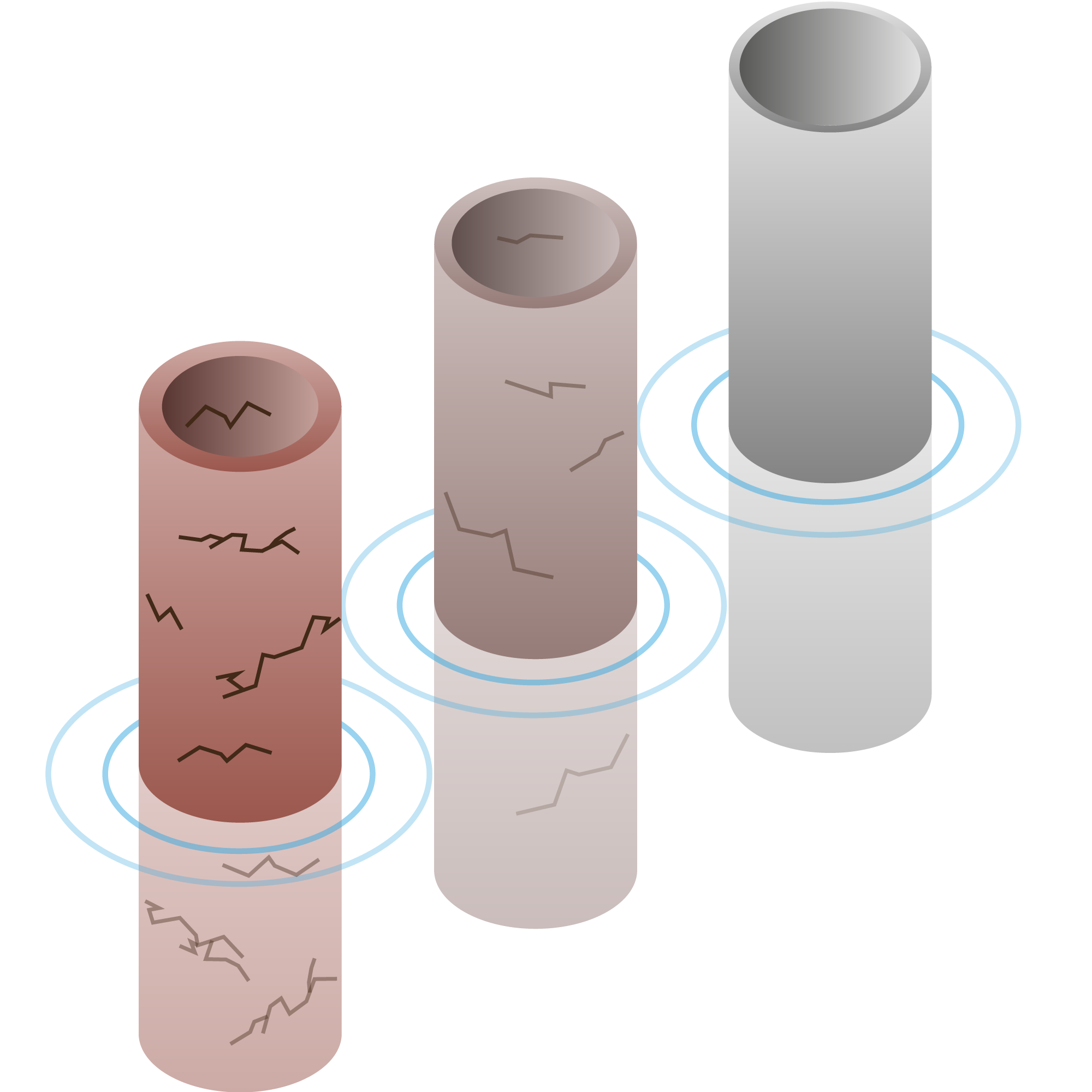
Steel does not react that optimal to salty water
Monopiles are the most commonly used foundation for offshore wind turbines, and they are made of steel. But the environment is not a kind one, consisting of salt water and air with waves and wind loading. As Richard Pijpers underlines, steel does not “react that optimal” to these conditions, causing degradation. But, as he further explains, “it’s not only the fact that it corrodes - so that there’s a rust layer - but there's also a fluctuating loading. That causes at critical locations the issue of fatigue in combination with corrosion.”
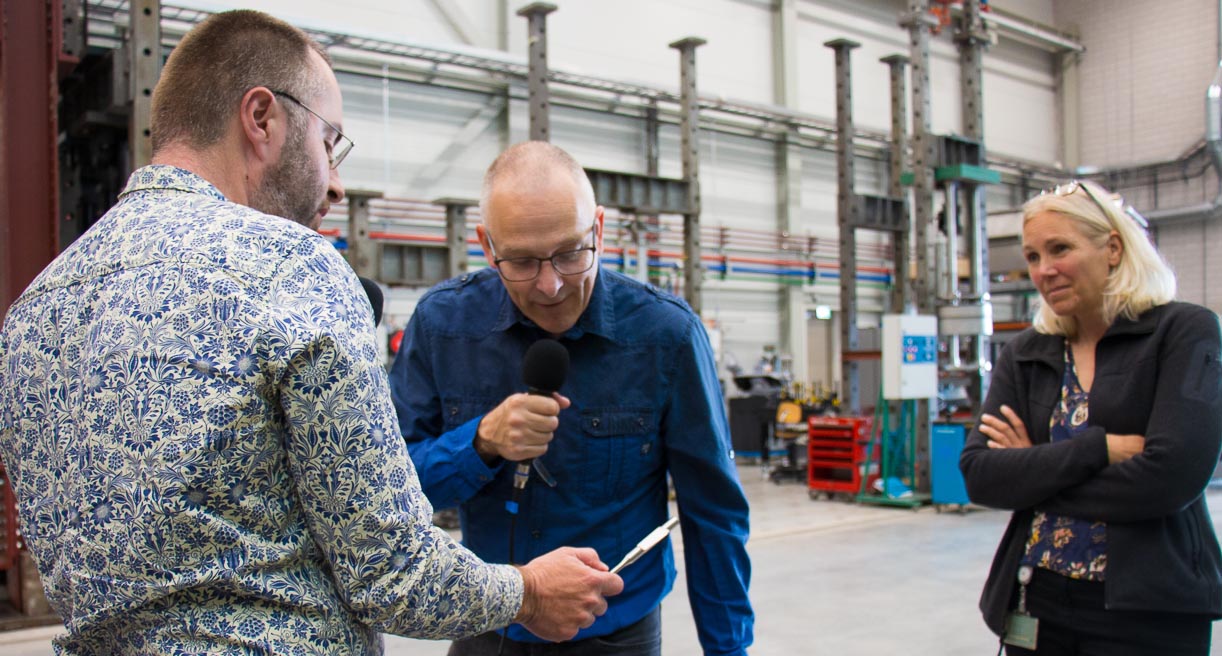 |
|
To design an optimal monopile
Though it might seem as if everything about steel, corrosion, and resulting degradation mechanisms is known already, the combination of corrosion and fatigue in offshore environments is not fully understood yet. Richard Pijpers explains: “Yes, we all know of rust, but we would like to find out how fast degradation mechanisms occur, and we try to optimise the structures in a way that we can use as much material as needed, but not too much, to have an effective solution.”
Namely, previously, a lot of fatigue tests have been done with specimens in a salt water environment, based on which design curves were generated. However, these designs are usually either too conservative or not conservative enough. “So, we would like to pin-point in a better way how the structure reacts to the environment and what's the specific mechanism, so that we can act upon it,” Richard Pijpers summarises.
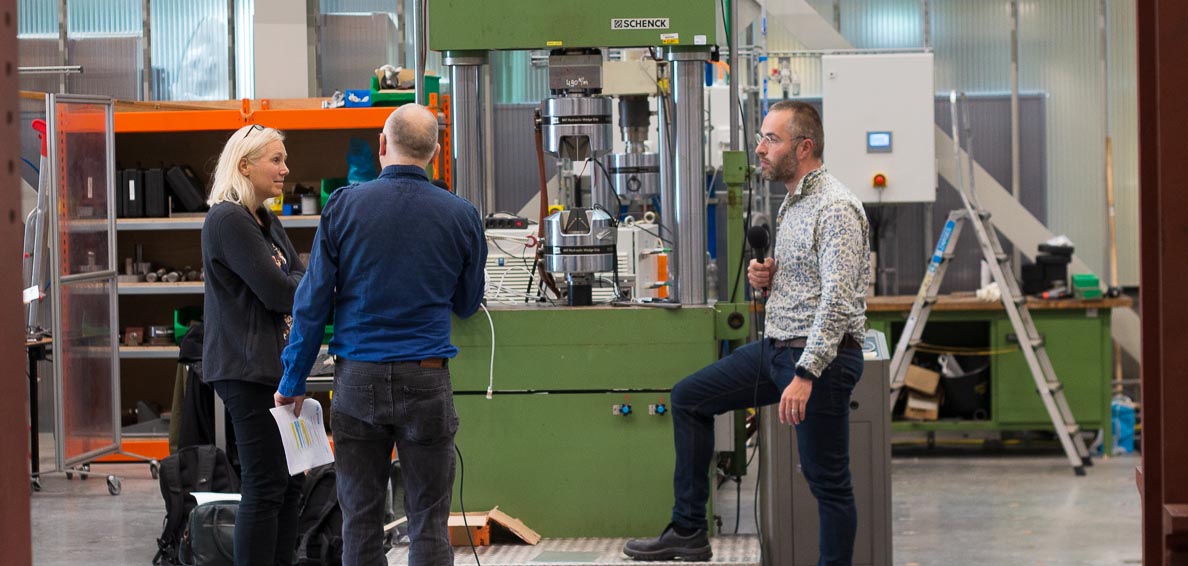 |
|
To save time, effort and costs
In addition to uniform corrosion, or the general material loss making the monopile walls thinner, a small pit in can take shape. When corrosion occurs, in that notch, the material is extremely vulnerable. As a result, sharp cracks want to initiate and propagate. Richard Pijpers says “What we specifically would like to address in our model is when that happens.” Research has already shown that corrosion doesn’t need much time to threaten the structure of the monopile design. With the use of small-scale samples, this project can track the growth of pits and notches, seeing exactly when and where the degradation is going to happen, to help identify the moment at which these sharp fatigue cracks occur. With this knowledge, more adequate mitigation measures can be chosen in the design.
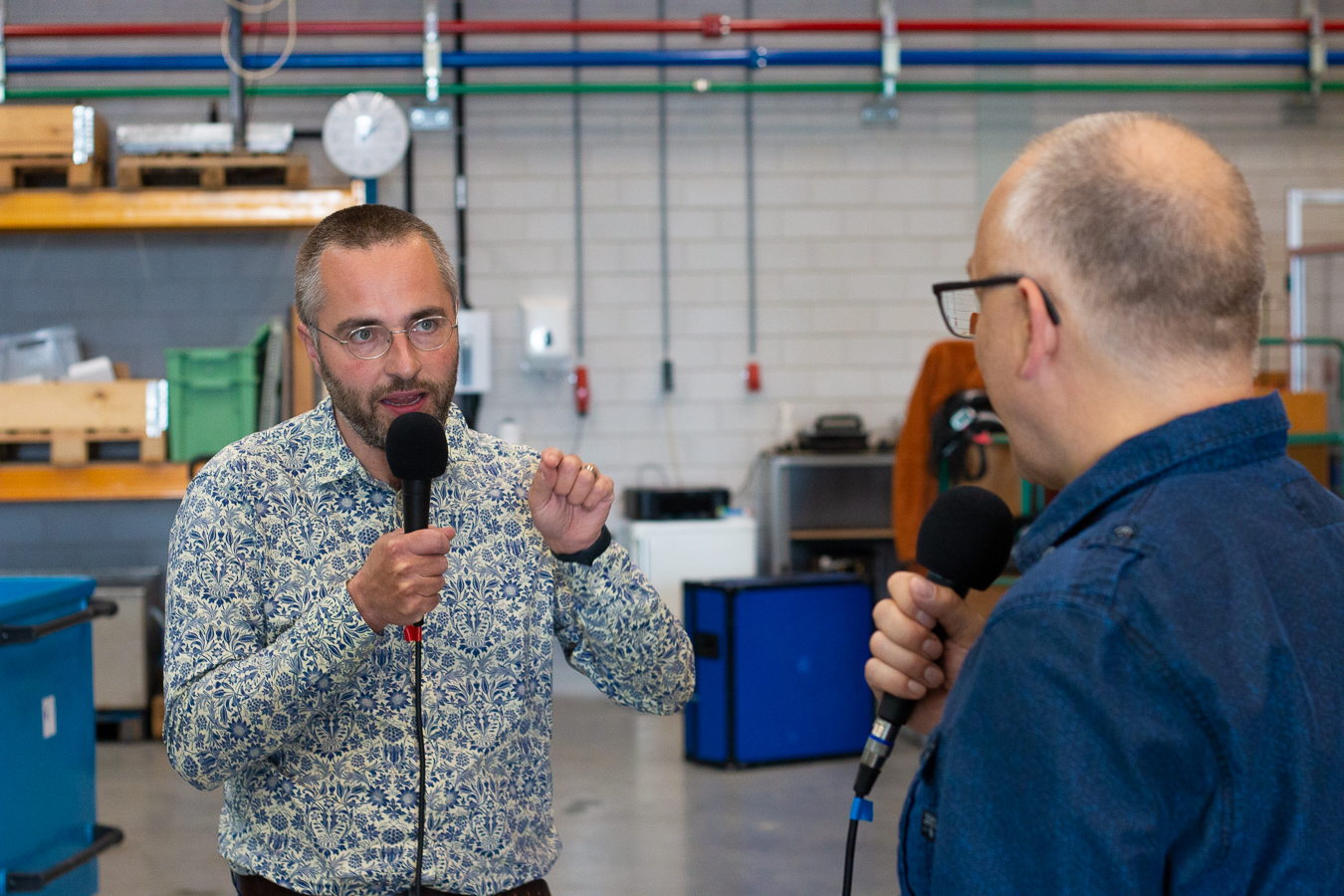
Thus, Richard Pijpers explains, the new C-FLO (Corrosion - Fatigue Life Optimisation) model achieves to “present to designers ways of choosing the optimal mitigation measures.” Additionally, it would allow the industry to make better use of inspection data to extend inspection intervals. And that would already save an incredible amount of time, effort, and costs.
Validation with field data is needed
With the extensiveness and novelty of the project, a whole new world is revealed, requiring the build-up of new corrosion expertise. As can be expected of GROW, this means that – as Richard Pijpers explains, “the only way of doing that is to make alliances with partners, to team up, to determine exactly what the main questions are.” Joke Luyten elaborates: “Everyone benefits from each other. And it’s good to understand what the others are doing because then you can have a better intuition on how things will go. This variety of partners from all over the world collaborates not on a playground for scientists, but for a model that will be very important for the industry.”
Project partners are experts in:
Deltares: Microbiologically Influenced Corrosion
DNV: Certification of foundation structures
Eneco: Design and maintenance of offshore wind farm
Ørsted: Design and maintenance of offshore wind farm
Parkwind: Design and maintenance of offshore wind farm
Posco: Steel materials
PPG: Coatings
Rijkswaterstaat: Civil engineering structures
RWE: Design and maintenance of offshore wind farm
Shell: Design and maintenance of offshore wind farm
Sif: Manufacturer of monopiles
TNO: Modelling in structural loading, fatigue and corrosion
TU Delft: Fundamental knowledge on degradation mechanisms
Van Oord: Design and application of corrosion protection measures
Vattenfall: Design and maintenance of offshore wind farm
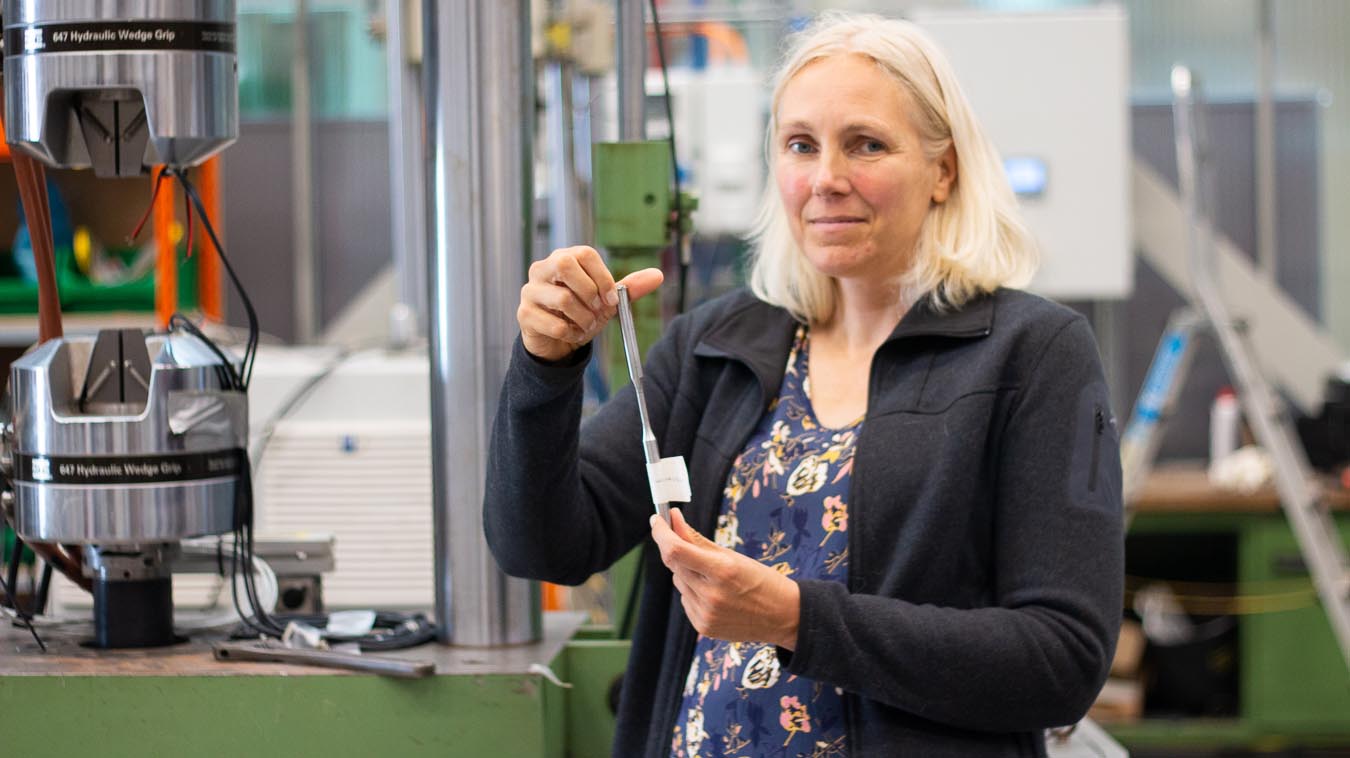 |
|
With new research comes, of course, a variety of surprises. Richard Pijpers illustrates that “we are in our lab environment doing a lot of dedicated tests for generating data, but it’s also so vital to have data from the field.” Though significant information has been obtained so far, he stresses that “the real validation in the field is a very important follow-up”.
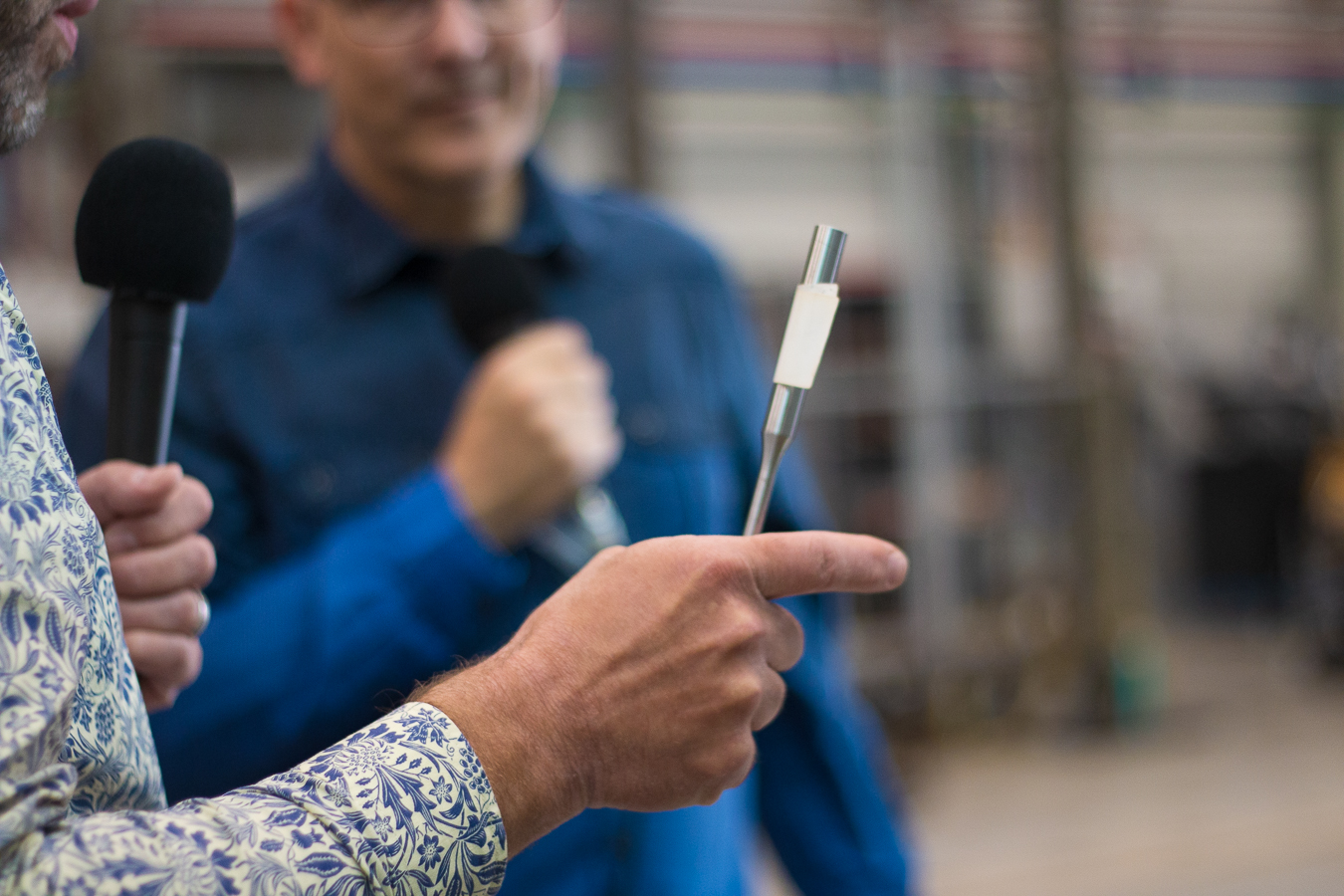
After all, with a better understanding of the corrosion processes, the industry can optimise the design and maintenance of the monopiles and thereby reduce the costs of offshore wind energy.
Find out more about the C-FLO project.
© GROW ’25